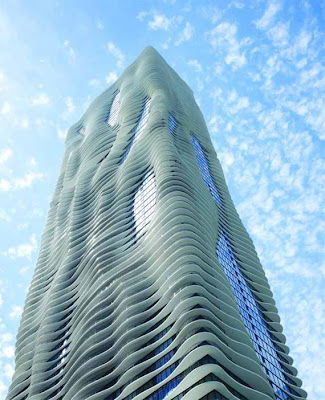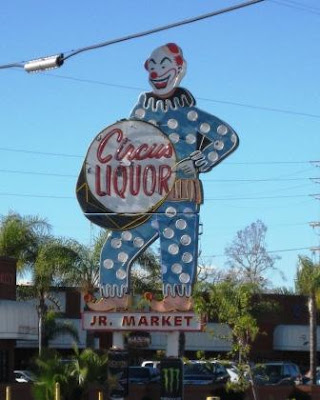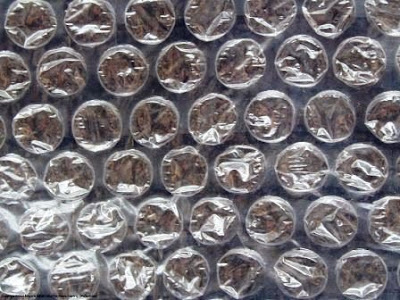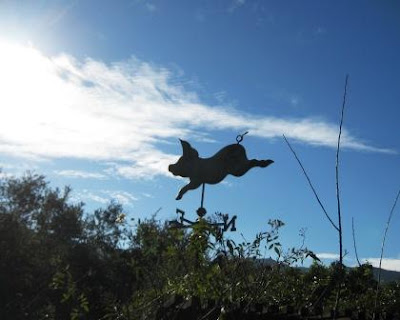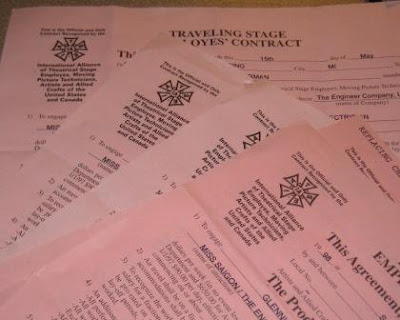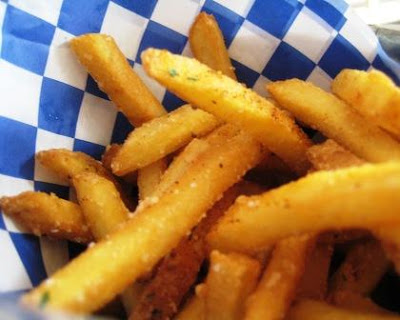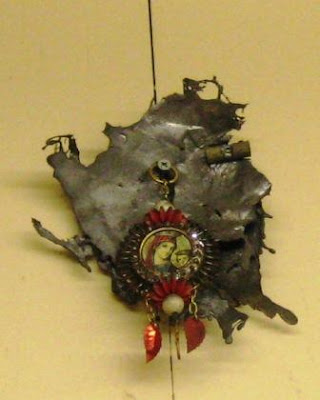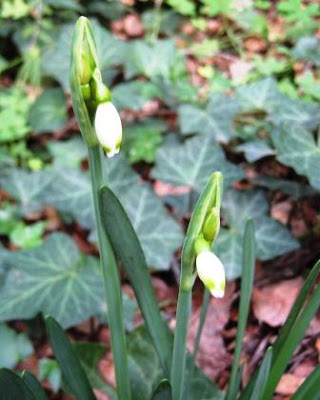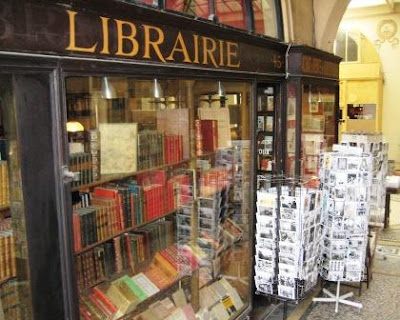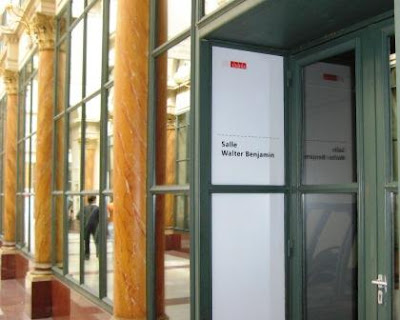 One of my favorite winter recipes is a hearty Greek beef stew called Stifado. In addition to being delicious and easy, it's also cheap. I make it whenever beef chuck is on sale at the supermarket.
One of my favorite winter recipes is a hearty Greek beef stew called Stifado. In addition to being delicious and easy, it's also cheap. I make it whenever beef chuck is on sale at the supermarket.If you watch the ads, you can find chuck roast on sale for under $2 per pound. Everything else that goes into the recipe should be in a reasonably well-stocked pantry, so during a lean time, you can gather up the coins under the couch cushions, the quarters rattling around in the dryer, and the parking meter change in the console of your car and still make a good family meal.
My recipe comes from a cookbook called "The Dean & DeLuca Cookbook" by David Rosengarten that I got on remainder many years ago. I've adapted the recipe with my own lazy shortcuts, but the basic concept still remains. It's a beef stew marinated in a sweet-and-sour mixture of tomatoes and spices, slow-cooked until the beef is so tender it melts in your mouth.
Unlike most stew recipes, you don't have to brown the meat at the beginning - which makes it even easier. Just marinate the beef for several hours, and then pop the whole thing in a slow oven, wait three hours and it's done.

Greek-inspired stifado
2 - 4 pounds beef stewing meat - chuck roast, rump roast, brisket, flanken-style short ribs, etc. - cut into inch-and-a-half chunks. You will get better value for your money if you buy a whole piece and cut it up, instead of paying for the butcher to package meat scraps as "beef stew meat."
Put the beef into an oven-proof covered dish. I use a Le Creuset cast-iron enamel dutch oven.
Make the marinade and pour it over the beef to cover.
Marinade:
- 1 - 28 ounce can (or 2 - 14 ounce cans) of crushed or diced tomatoes
- 1/2 cup of red wine or cider vinegar
- 1/2 cup of beef broth - I use Better than Boullion
- 1/4 cup olive oil
- 1 tablespoon honey (or sugar)
- 4 - 8 whole cloves of garlic, peeled and gently smashed with the blade of a knife
- Spices to your taste - ground cumin, cinnamon, cloves, allspice, black pepper, flaked red pepper, fennel seed. You can add powdered spices to the marinade or you can put whole spices in a cloth bag in the marinade.
- 2 - 3 whole bay leaves
- Dried herbs to your taste - thyme, oregano, rosemary. A twig of fresh rosemary is good in the marinade, too.
- Orange peel - use a vegetable peeler and take off a piece about 6 inches.
 Cover the dutch oven and put it in the fridge, overnight or for at least 6 hours.
Cover the dutch oven and put it in the fridge, overnight or for at least 6 hours.When you're ready to cook, heat the oven to 325 degrees, and put it it in, covered, for about 2 hours. I usually remove the cover during the last half hour to concentrate the juices.
 You can see how it reduces down with a couple hours of slow cooking.
You can see how it reduces down with a couple hours of slow cooking. During the final hour while the stew is cooking, pour a couple tablespoons of olive oil in a skillet, and turn the heat on low. Add the onions and sprinkle them with a few teaspoons of sugar. Caramelize them until they're golden brown, then add them into the stew.
During the final hour while the stew is cooking, pour a couple tablespoons of olive oil in a skillet, and turn the heat on low. Add the onions and sprinkle them with a few teaspoons of sugar. Caramelize them until they're golden brown, then add them into the stew. Check to see if the beef is tender - if it is, it's done. You can add some chopped fresh parsley at the end.
You can serve the stew with roasted potatoes, on rice, or on a bed of noodles. To stay with the Greek-inspired theme, try orzo, rice-shaped pasta, tossed with butter and some grated hard cheese like Greek kefalotiri, or Italian romano pecorino.
I recently served this at a mid-week dinner party for 7 people. I put together the marinade the night before, and we put it in the oven about 5:00 pm. Then I threw together a salad, put out some bread, hummus and olives. One of our guests has a sweet tooth, so I assembled a bread pudding that would bake in the oven while we ate.
After our guests arrived, all I had to do was cook the pasta and brown the onions. It was a big hit. The ticket? $12 for 6 pounds of meat (I doubled the recipe), $1 for the orzo. I went fancy for the dinner party, spending $4 for a bag of pearl onions and $6 dollars for fresh Farmers Market greens for the salad and $3 for a loaf of french bread, but even so, it was still under $30 - for seven people. Everything else was in the pantry.

Plus leftovers!!!
The stew improves in flavor the next day. It also freezes well. You can pack it in tupperware for a delicious office lunch. It will warm your innards on a cold day.
Greek Stifado - comfort food on the cheap.

